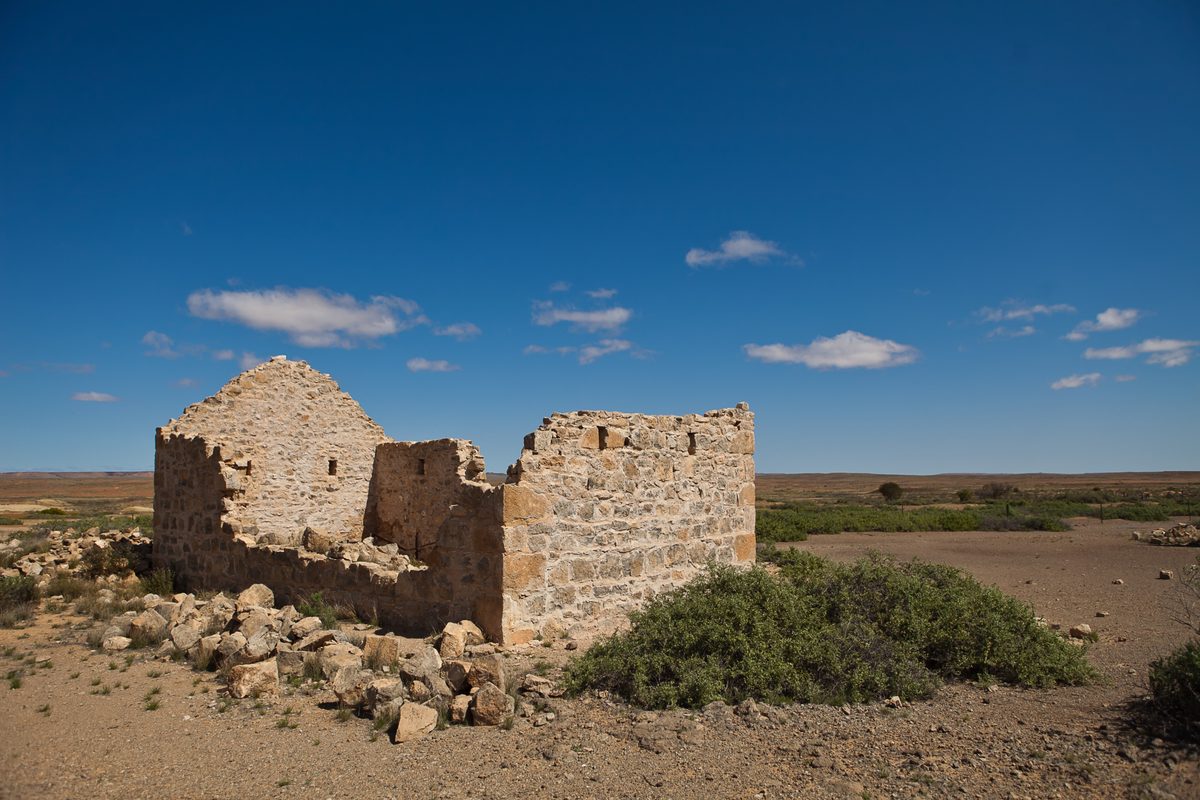Managing Dry Conditions
Dry conditions and droughts often increase the risk of soil erosion and degradation due to reduced vegetative cover resulting from poor crop and pasture growth.
There is no universal definition of drought. It's measured in different ways and at different timescales:
- Meteorologists monitor the extent and severity of drought in terms of rainfall deficiencies (or shortages, compared to average rainfall for the period).
- Agriculturalists rate the impact on primary industries.
- Hydrologists examine surface and groundwater levels.
- Sociologists define it by social expectations and perceptions and the impact on the community.
In dry times it is important to make risk management decisions early, such as setting up containment areas to manage stock when paddock feed is limited, seeking agistment or selling stock to reduce feed demand on the property.
Annual and seasonal conditions are being monitored by DEW using statewide satellite imagery to help assess the extent and severity of the dry conditions.
Below are some useful links, tools and resources that you might need, to make the necessary management and financial decisions on farm, and most importantly to look after mental health in tough times.
Find out more:
- Future Drought Fund - DAFF
- Drought Resilience Adoption and Innovation Hub - SA Drought Hub
- Drought support - PIRSA
- Drought Statement - BoM
- Dealing with the dry - GRDC
- Drought management - Landscape South Australia - Limestone Coast
- Dry times - Landscape South Australia - Northern and Yorke
- Managing soils during and after drought in cropping systems - Soil CRC
- Managing soils during and after drought in grazing systems - Soil CRC



